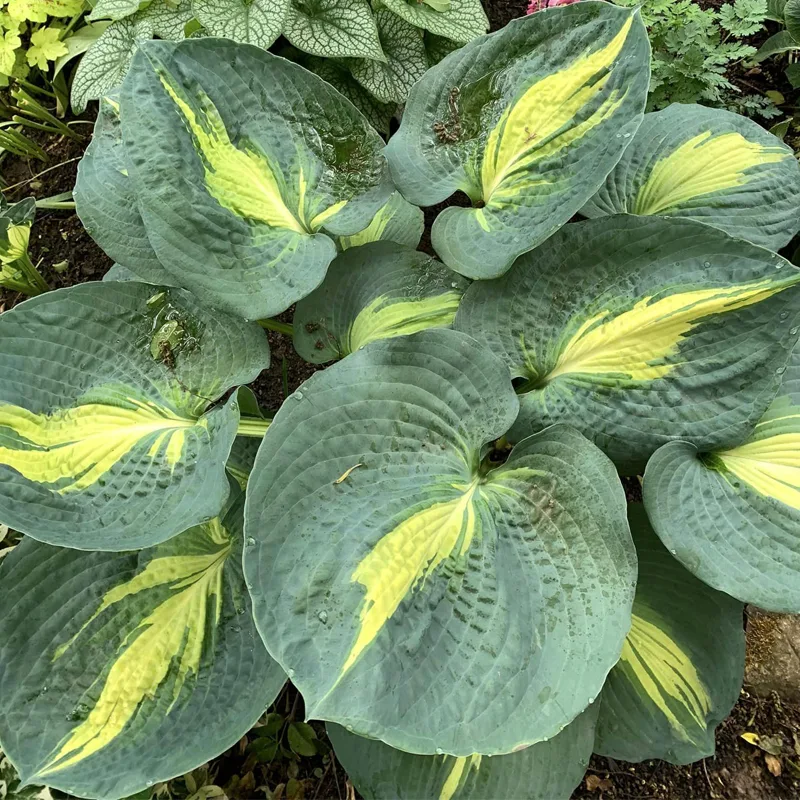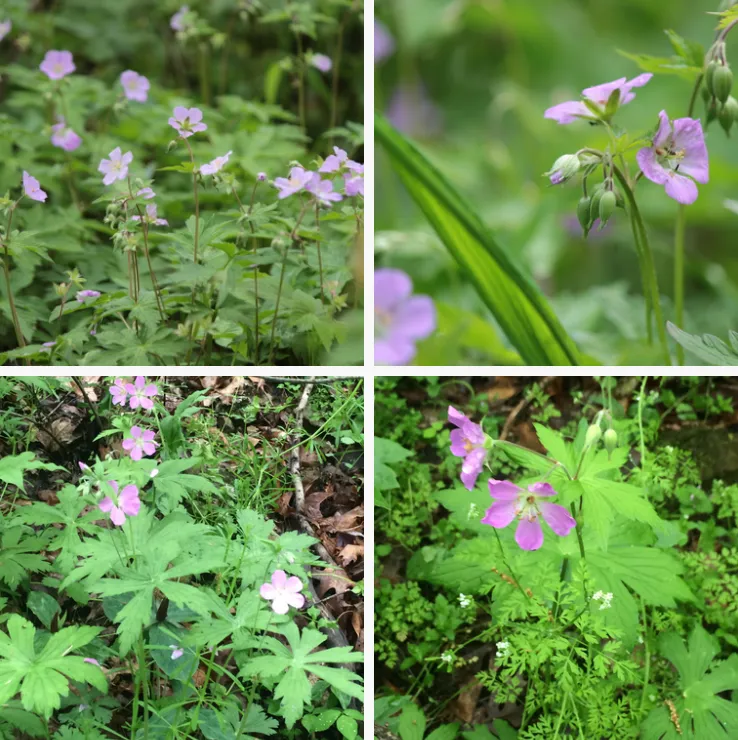FAQs About Cistus Sunset
As a passionate gardener, I often encounter questions about the vibrant Cistus Sunset. This beautiful shrub, known for its stunning flowers and hardy nature, has become a favorite in many gardens. Here’s a comprehensive look at some frequently asked questions regarding Cistus Sunset, including tips on care, propagation, and more.
67 Species in Genus Cistus
What is Cistus Sunset?
Cistus Sunset, also known as Sunset Rockrose, is a hybrid plant that belongs to the Cistus genus. It features bright, showy flowers that bloom in shades of pink and white, creating a stunning display in any garden. This evergreen shrub typically grows to about 3 to 4 feet tall and wide, making it a fantastic option for borders or as a standalone feature.
How to Care for Cistus Sunset?
Cistus Sunset is relatively low-maintenance, but there are a few care tips to keep it thriving. First, it thrives in full sun, so choose a location that gets at least six hours of direct sunlight daily. The plant prefers well-draining soil, as it doesn’t like to sit in water. Regular watering is crucial, especially during dry spells, but be careful not to overwater.
Fertilizing is not always necessary, but if you want to give your plant a boost, a light application of balanced fertilizer in the spring can help. Mulching around the base can also conserve moisture and keep weeds at bay.
How to Prune Cistus Sunset?
Pruning Cistus Sunset is essential for maintaining its shape and encouraging new growth. I usually prune in late winter or early spring, just before new growth begins. Start by removing any dead or damaged branches. Then, shape the plant by cutting back about one-third of the previous year’s growth. This not only helps keep the plant compact but also promotes more vibrant blooms.
How to Propagate Cistus Sunset?
If you’re looking to expand your Cistus collection, propagation is quite straightforward. The best method is through cuttings. In late spring or early summer, take 4- to 6-inch cuttings from healthy stems. Remove the lower leaves and dip the cut end in rooting hormone. Plant the cuttings in a well-draining mix and keep them moist until roots develop. This usually takes a few weeks, and you’ll have new plants to enjoy!
What to Plant With Cistus Sunset?
Cistus Sunset pairs beautifully with various plants due to its vibrant blooms and evergreen foliage. Consider planting it alongside other Mediterranean plants like Lavender, Rosemary, or Sage, which share similar growing conditions. Grasses like Blue Fescue can also create a lovely contrast in texture and color. For a pop of additional color, you might include some hardy perennials like Sedum or Echinacea.
Can You Grow Cistus Sunset Indoors?
While Cistus Sunset is primarily suited for outdoor gardens, you can grow it indoors with the right conditions. It requires ample sunlight, so place it near a south-facing window. Ensure that the pot has excellent drainage to prevent root rot. However, keep in mind that it may not thrive as well indoors as it does in its natural outdoor habitat.
Is Cistus Sunset Toxic?
Cistus Sunset is considered non-toxic to pets and humans, making it a safe addition to your garden. However, as with any plant, it’s always a good idea to monitor children and pets around plants to prevent any unwanted chewing.
Benefits of Cistus Sunset
This plant offers several benefits beyond its aesthetic appeal. Cistus Sunset is drought-tolerant, making it an excellent choice for xeriscaping or low-water gardens. Its evergreen nature provides year-round interest, and the flowers attract pollinators, which can help enhance your garden’s biodiversity.
Common Problems with Cistus Sunset
Like any plant, Cistus Sunset can face challenges. The most common issues include powdery mildew and root rot, often caused by excessive moisture. To prevent these problems, ensure proper drainage and avoid overhead watering. If you notice pests like aphids or whiteflies, a gentle spray of water or insecticidal soap can help manage the situation.
Compare with Similar Plants
When considering Cistus Sunset, you might confuse it with other similar plants, such as the Cistus Corbariensis or Cistus Incanus. While all belong to the same family, Cistus Sunset tends to have larger, more vibrant flowers and a slightly different growth habit. Cistus Corbariensis, on the other hand, often features smaller flowers and a more compact form, which can be better for smaller spaces.
In conclusion, Cistus Sunset is a wonderful addition to any garden. Its low-maintenance nature, stunning flowers, and environmental benefits make it a favorite among gardeners. Whether you’re pruning, propagating, or simply enjoying its beauty, this plant will surely enhance your garden experience.
If i die, water my plants!



